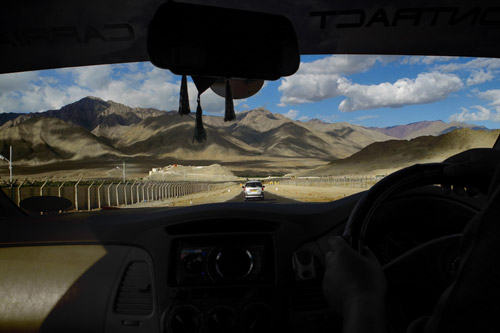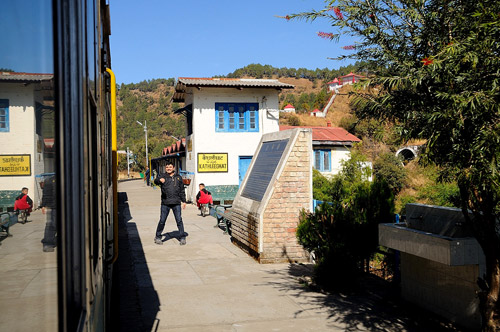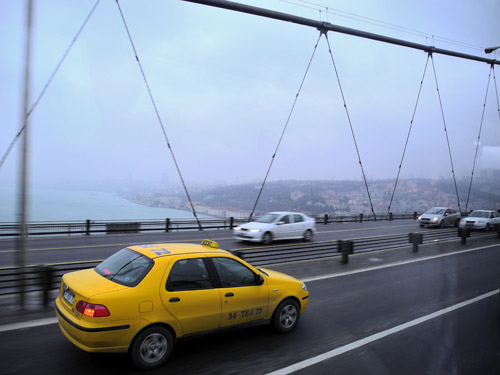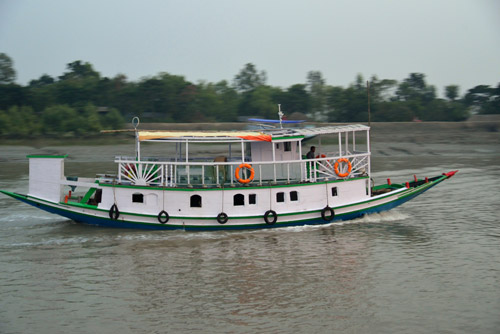By : Nikon School Blog | 17 Mar, 2016 |
While traveling, we mostly shoot when we stop at certain sightseeing points, or at certain locations we like. However, while on the move, we cannot stop everywhere, even when travelling in a car. But at times during a long journey by road, rail, or even air, lovely frames pass us by, leaving us with regret for not shooting it. Shooting on the move is tricky, but if we plan well, and be ready for the action, then we can capture at least some of the scenes passing us by.
When we are static and shooting moving subjects, we have to control shutter speed to freeze or deliberately blur the subject. When we or the camera is also moving, then shooting the scene outside involves an understanding of relative speed.
 Shooting on the move can preserve the mood of the trip
Shooting on the move can preserve the mood of the trip
When something outside is static, like someone standing while you pass them, use a high shutter speed between 1/500 or 1/1000 and try to shoot when they are slightly at an angle, when you are about to approach them or going away from them. This way the relative speed is less than when you are passing them horizontally, and chances of getting a frozen shot are much higher.
 Train passing a station – 1/640 s, f/9, ISO 200
Train passing a station – 1/640 s, f/9, ISO 200
Shutter priority is the best option to have full control over shutter speed. ISOs should be kept high in less than bright conditions to support faster shutter speeds, or you can keep ISO auto on and let the camera do it. There won't be much time to control focus so it's best to switch to AF-A and auto area.
Shooting things that are moving the same time as you are is trickier. If something is moving in the opposite direction, then by simple logic, its speed will be faster than if something is moving in the same direction as you. Depending on which is the case, you have to select the appropriate shutter speed. Again, keep in mind the distance of the subject, and try to shoot subjects at a reasonable distance.
 Shooting subjects moving in the same direction reduces the relative speed of the subject. 1/100, f/2.8 , ISO 100
Shooting subjects moving in the same direction reduces the relative speed of the subject. 1/100, f/2.8 , ISO 100
To make more interesting images, try to use panning. The technique is same as when you are shooting a normal panning shot while standing. Just track the subject and use a shutter speed slower than that needed to freeze.
 Panning a subject moving in the opposite direction 1/30 sec, f/4.2, ISO auto (1250)
Panning a subject moving in the opposite direction 1/30 sec, f/4.2, ISO auto (1250)
Whether you are shooting from a moving vehicle, train or even an aircraft, remember the composition guidelines. Rule of thirds, if possible should be kept in mind, and proper space should be left towards the direction of motion.
Of course, no one gets it right all the time, so keep trying whenever you're on the move!